Draft Govt notification on vintage cars has ruffled feathers
A draft notification issued by the Government regarding vintage & classic cars has ruffled feathers. Srini finds out why. It is said the road to hell is paved with good intentions. In the case of a new draft notification issued

A draft notification issued by the Government regarding vintage & classic cars has ruffled feathers. Srini finds out why.
It is said the road to hell is paved with good intentions. In the case of a new draft notification issued by the Ministry of Road Transport & Highways, it may not be as extreme as the road to hell but it’s at least a paver-block surfaced, undulating road to Marol Naka in Mumbai.
Essentially, the Ministry has put out a draft document governing vintage and classic cars and has invited suggestions from the public at large before formalising it as policy. It sounds promising enough: “...it is expedient to provide for the preservation of vintage vehicles owing to their historic, cultural, technical and aesthetic significance… the central government on being satisfied that steps are required to encourage and regulate vintage motor vehicles being a part of technical, motoring and cultural heritage is pleased to make order of regulation for their registration or re-registration.”
Though various vintage car associations, bodies and clubs have been engaging with the Government for bringing in some sort of regulation for decades now, the issue has become even more pressing because of the planned vehicle scrappage policy. Vintage and classic vehicle owners, including yours truly, got the jitters when talk about scrappage schemes started. So, the pressure to bring about some distinction between clunkers destined for the scrapyard and classics meant to be preserved became intense. This has resulted in a proposed policy, the main points of which are:
- Only vehicles that are over 50 years old from the date of their first registration – including imports – will be seen as vintage in the eyes of the law. What car qualifies to be one will be decided by a Vintage Motor Vehicles State Committee, comprising of a representative of the Transport Commissioner, one from the Regional Transport Office and one from the vintage car fraternity
- To register or re-register their vehicles, documents will have to be submitted to this committee and a one-time fee of ₹20,000 is to be paid. The new registration will be valid for ten years and then can be subsequently renewed
- Upon new registration, the number plates will be changed to incorporate a VA in them to indicate they are vintage cars. So, a BMY 1234 may become MH VA XX 5678.
- These old cars won’t be allowed on public roads for regular use. You can only take them out for displays and demonstrations, rallies, shows, events, meets, ceremonial occasions, etc. They can also be taken out for refuelling, or service and maintenance.
You can already pick holes in it, right? My first interpretation was to draw a parallel between the controversial Citizenship Amendment Act and the National Register for Citizens – now even vehicles have to line up in front of newly formed Government authorities with their papers to claim their age and citizenship. That apart, their movements are also curtailed. Vehicles are generally meant to be driven, even without any purpose. Why should the Government mandate that they have to ply only for specific reasons? Bizarre, isn’t it? And that figure of 20K is pretty hefty for me as the owner of a high-maintenance 1960 Beetle. I can only imagine pockets of big collectors getting much, much lighter.
However, the weakest part of the draft notification is that while it makes owners of vintage cars in Delhi happy, it curbs the freedoms of those from the rest of country. Owing to the National Green Tribunal and Supreme Court rulings, you cannot register or ply an old-timer in Delhi. This draft lets them off the hook, to an extent. But, in virtually all other parts of the country, where there are no restrictions on ownership, transfer and sale, plying on public roads, etc., this is a serious blow.
Mumbai-based Nitin Dossa, president of the Vintage & Classic Car Club of India, is understandably furious. ‘We will oppose it,’ he says. Other than the reasons listed above, he is also unhappy that registration plates will change. ‘What happens to the historic values of number-plates?’ He is absolutely right. He asks why we can’t follow how it’s done in Germany, where an original number-plate is suffixed with an ‘H’ to denote Historic. Another NCR-based collector, and the force behind the 21 Gun Salute Rally, Madan Mohan sums it up best, ‘It is good for Delhi, not for the rest of India.’
The draft notification is a step in the right direction by at least acknowledging the significance of vintage and classic cars, but after that it seems to have taken a wrong turn into a bumpy road instead.
Also read - A few stories behind some of India’s vintage and classic cars
A strong Indian presence at the 2018 Pebble Beach Concours d'Elegance
Srinivas Krishnan writes about classic and vintage cars for various publications. He is the former Editor of Business Standard Motoring & former Head of Press, Porsche India.
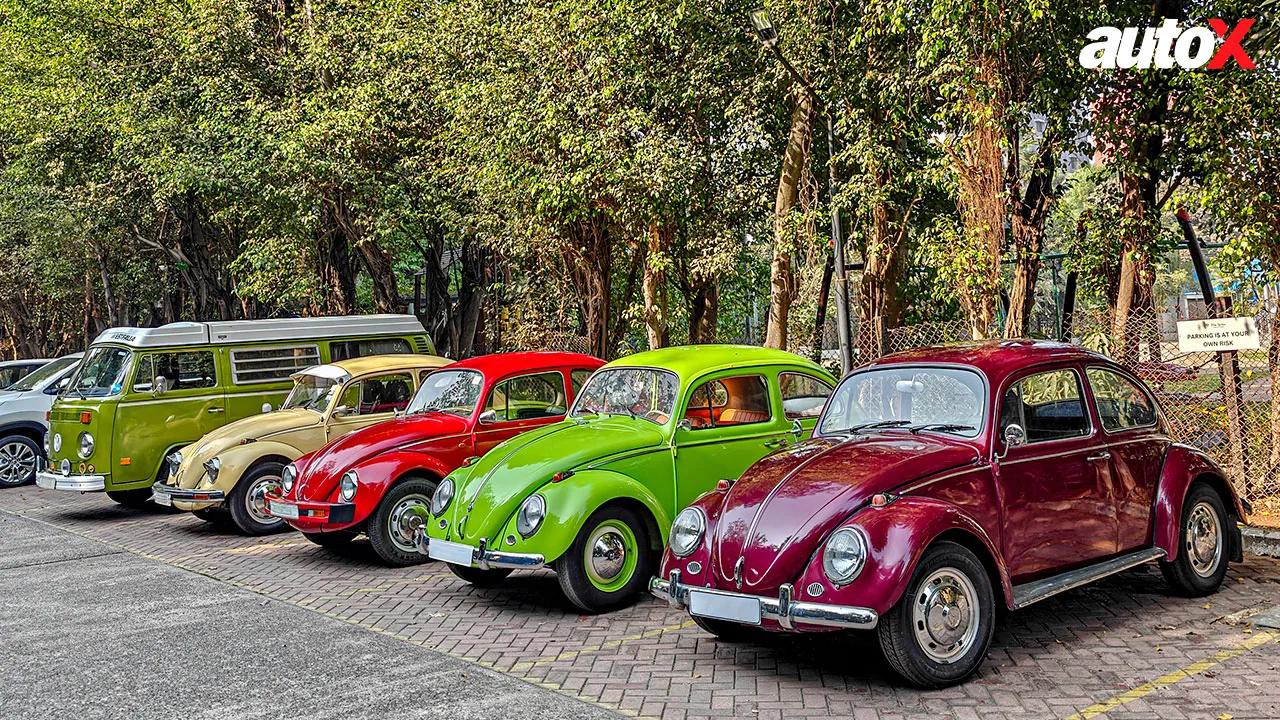
.webp)
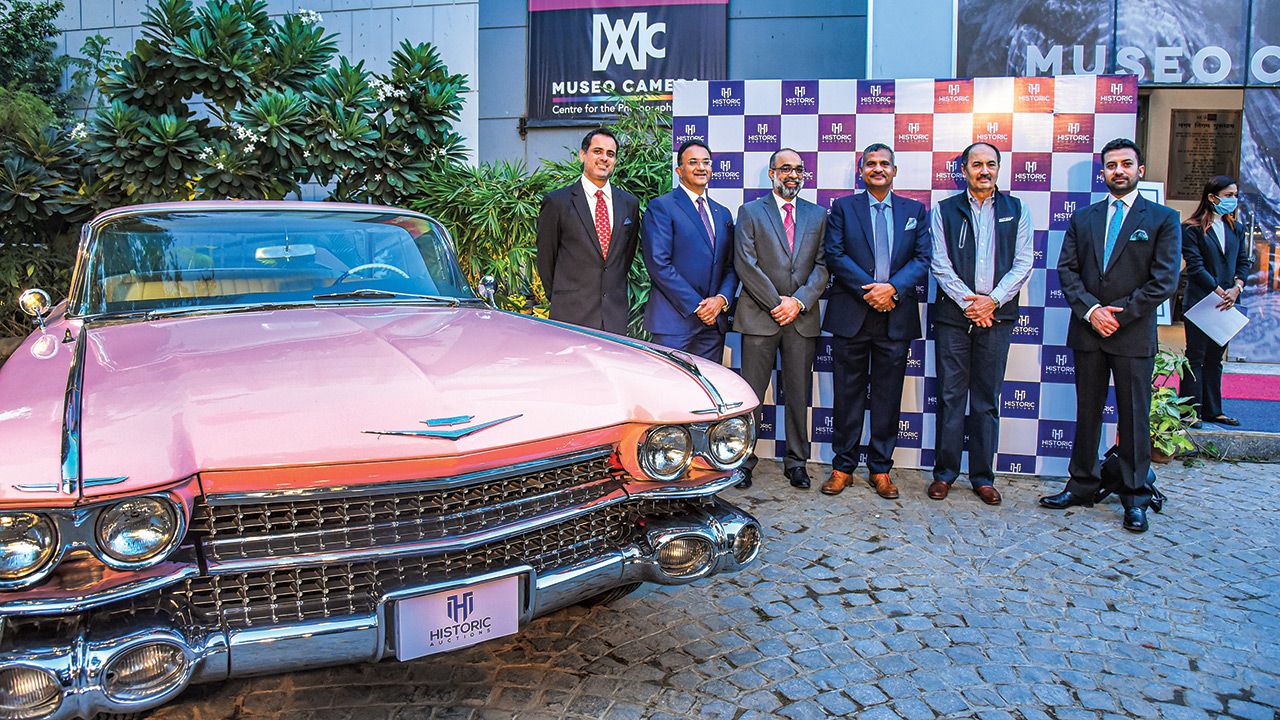


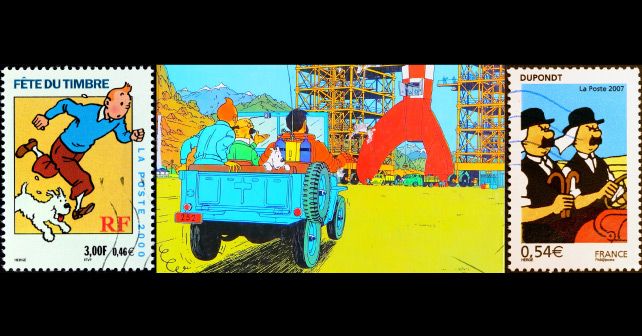

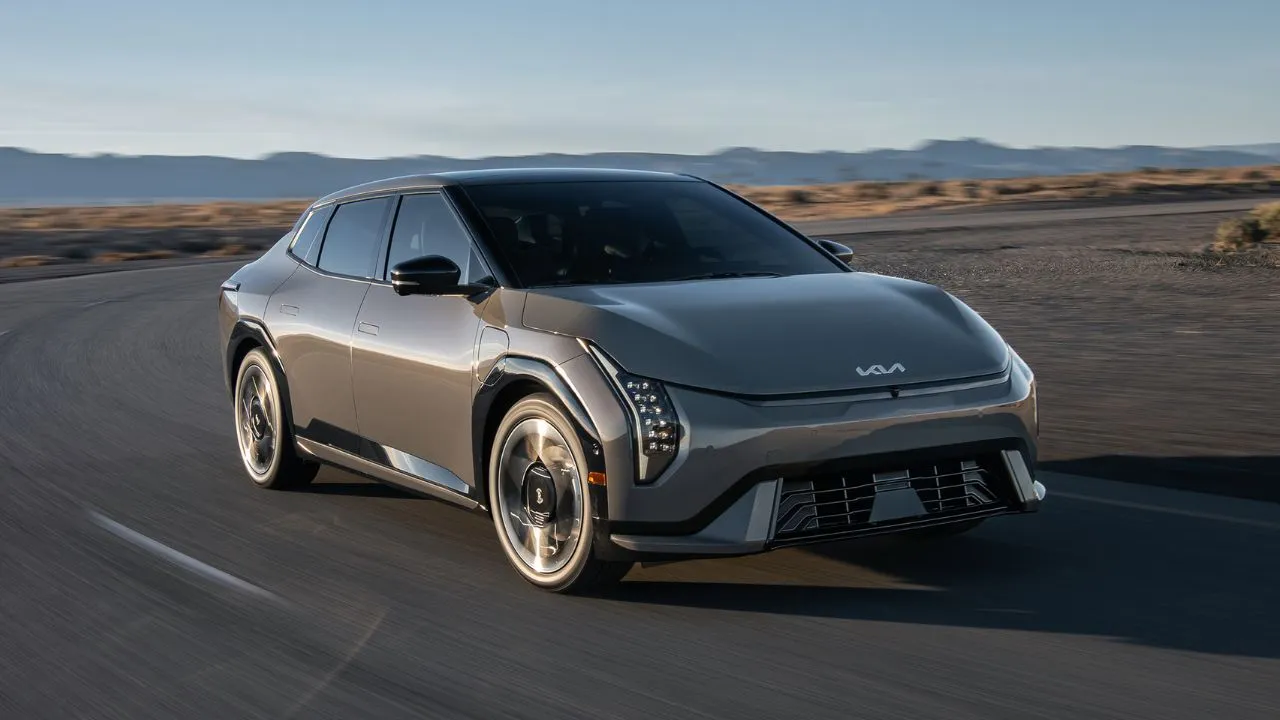
.webp)
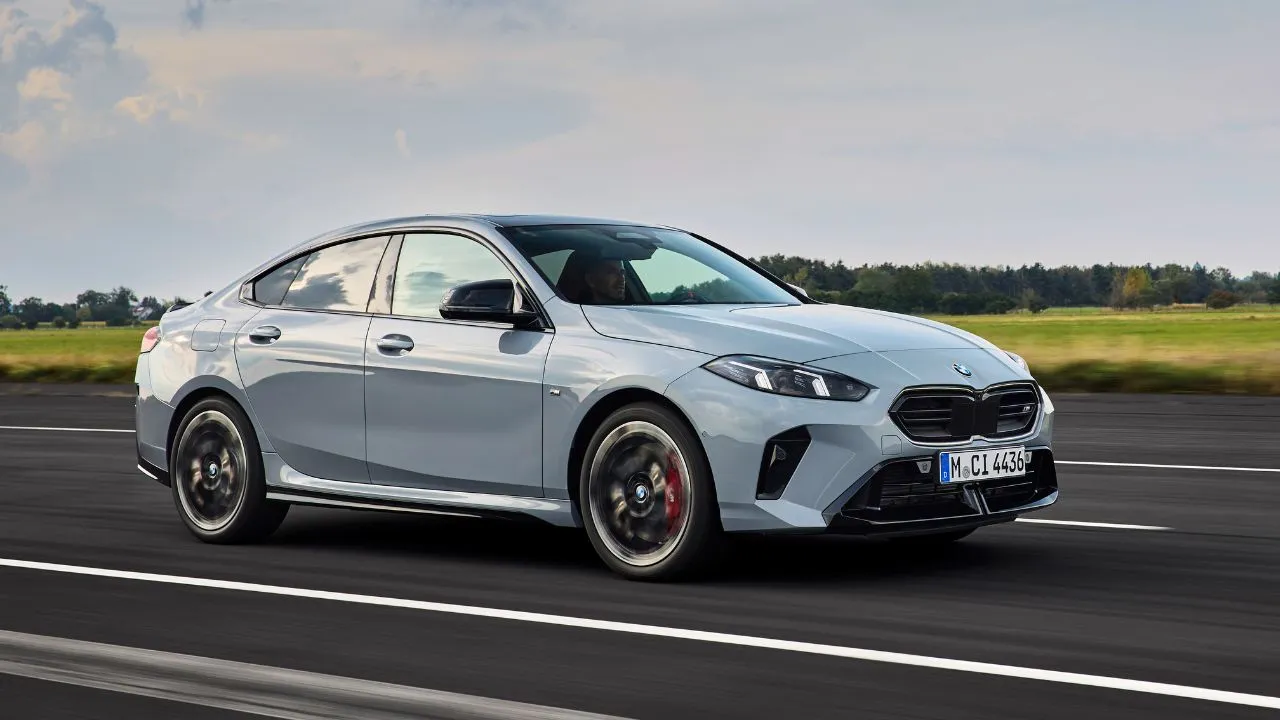




















Write your Comment on